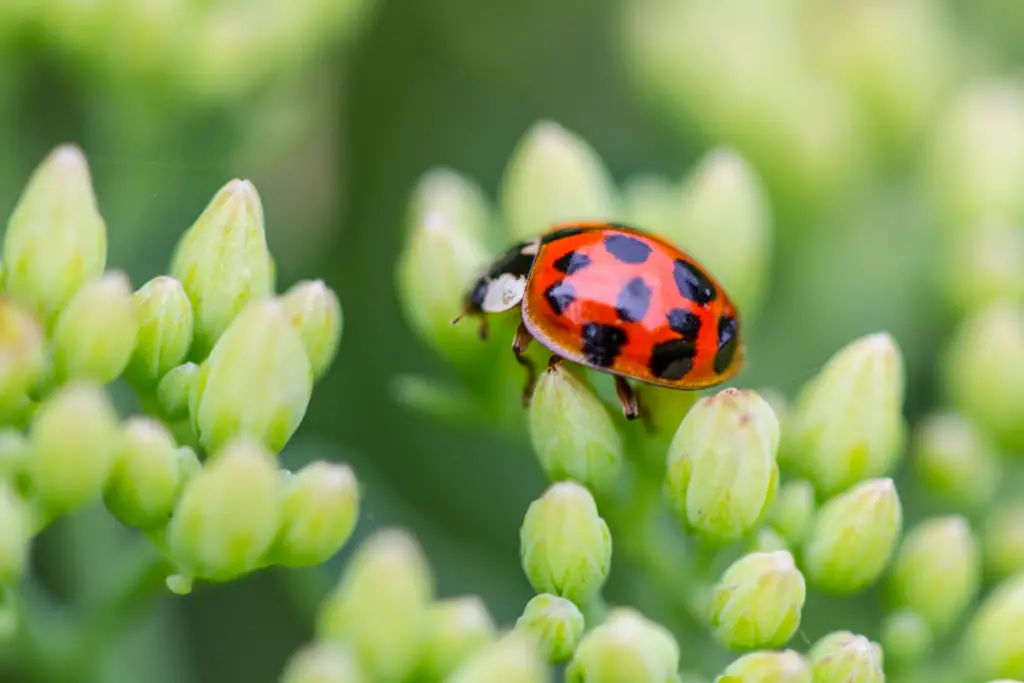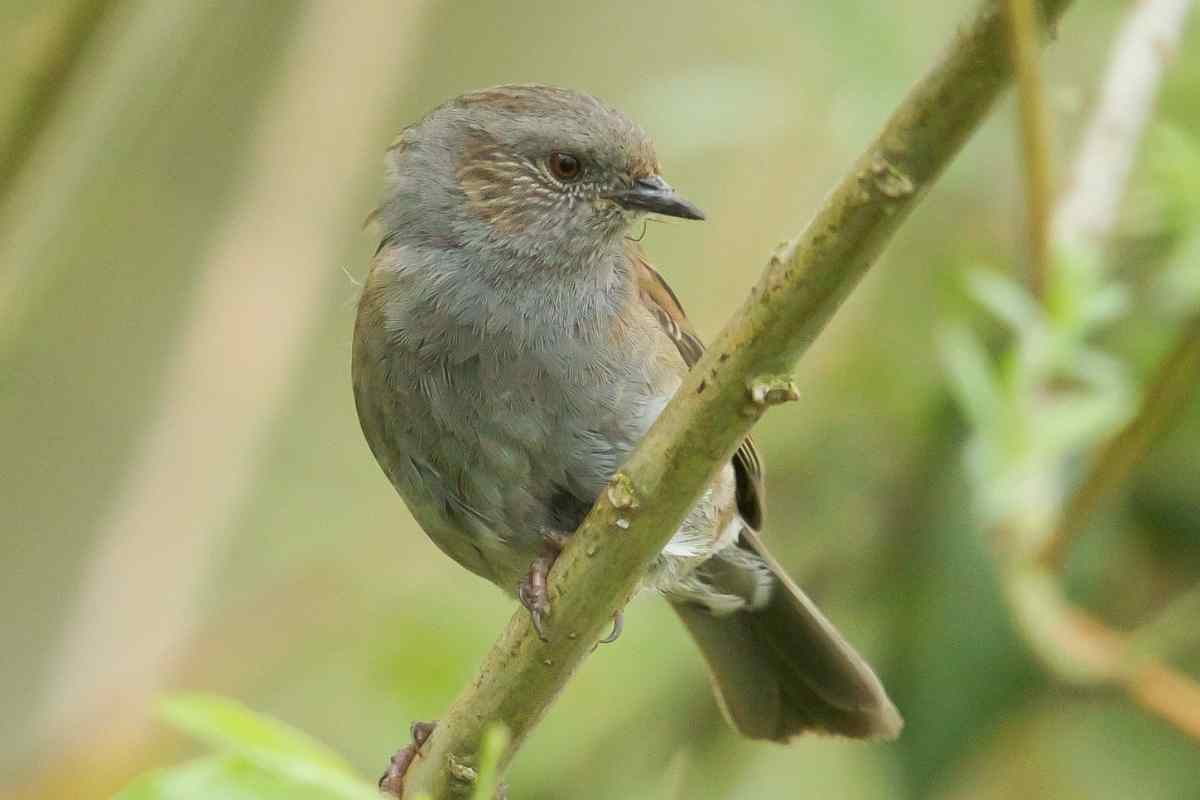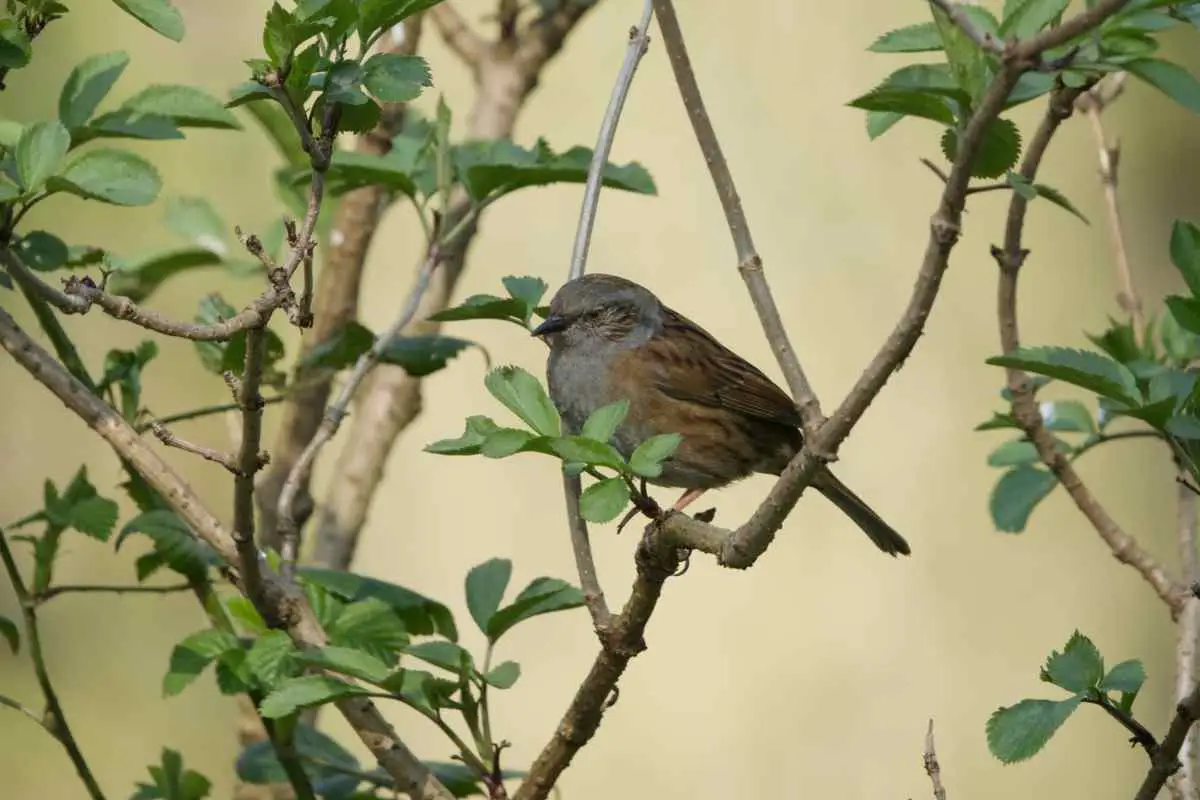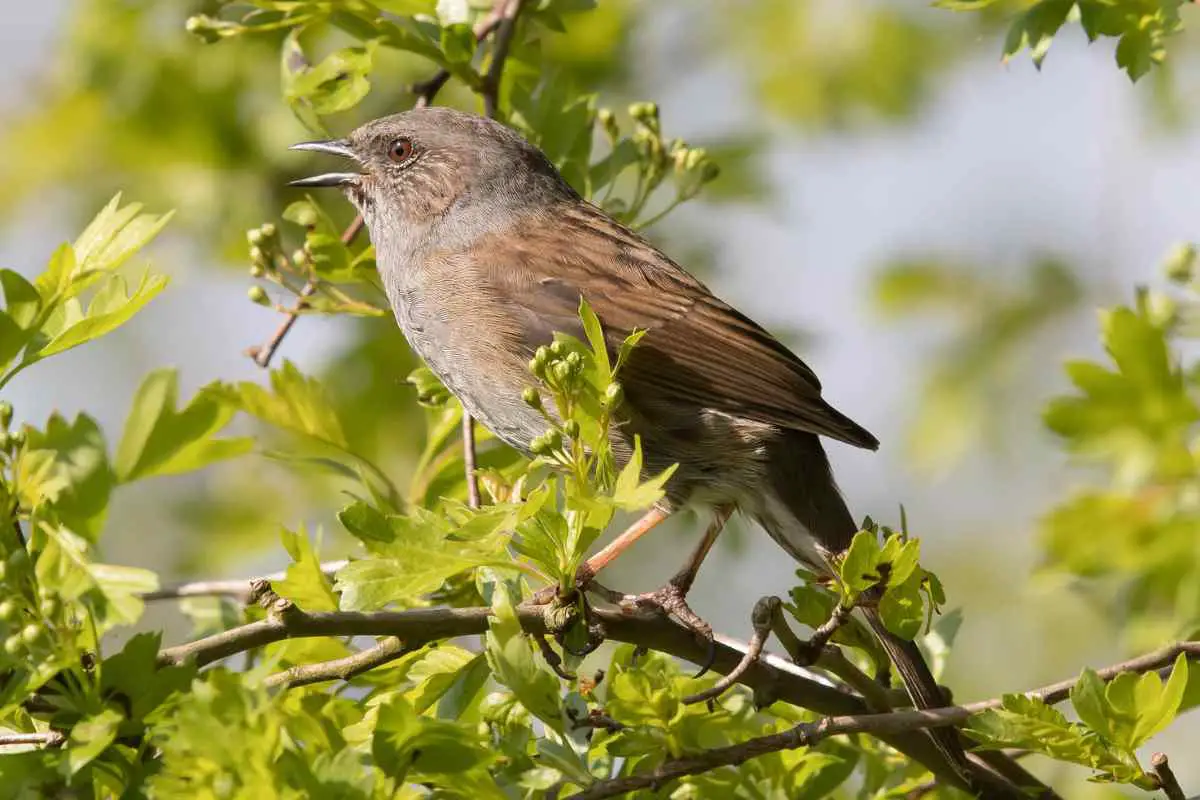Ladybirds, also known as ladybugs, are fascinating creatures that are admired for their bright colors and small size.
These insects are found all over the world and are often considered good luck. However, not many people are aware of where ladybirds take shelter, which is an important aspect of their survival.
In this article, we will explore the shelter of ladybirds and discuss their habits and homes in detail.

Table of Contents
Why is Shelter Important for Ladybirds?
Shelter is an essential aspect of the survival of ladybirds, as they require a suitable habitat to lay eggs, feed, and protect themselves from predators and harsh weather conditions.
Ladybirds are known to hibernate in the winter months, and they require a warm and secure place to do so.
Where Do Ladybirds Take Shelter?
Ladybirds take shelter in a variety of places, depending on their species and habitat. Here are some common places where ladybirds are known to seek shelter:
1. Under Leaves and Plant Stems
Ladybirds often take shelter under leaves and plant stems, where they are protected from the sun and predators. They may also lay their eggs in these areas, as they provide a suitable habitat for their young.
2. In Hollow Stems
Some species of ladybirds prefer to take shelter in hollow stems, where they can hide from predators and lay their eggs. These hollow stems may belong to plants such as grasses, reeds, or bamboo.
Prices pulled from the Amazon Product Advertising API on:
Product prices and availability are accurate as of the date/time indicated and are subject to change. Any price and availability information displayed on [relevant Amazon Site(s), as applicable] at the time of purchase will apply to the purchase of this product.
3. In Tree Bark
Ladybirds may take shelter under the bark of trees, where they can find a safe and secure place to hibernate during the winter months.
4. In Rock Piles
In some habitats, ladybirds may take shelter in rock piles or other debris, where they can hide from predators and find a warm and safe place to rest.
Ladybird Habits and Homes
Ladybirds are fascinating creatures that have unique habits and homes, depending on their species and habitat. Here are some interesting facts about ladybirds:
1. Ladybirds are Carnivorous
Ladybirds are carnivorous insects that feed on aphids and other small insects. They have strong mandibles that they use to crush and consume their prey.
2. Ladybirds Lay Their Eggs in Clusters
Female ladybirds lay their eggs in clusters, usually on the underside of leaves or in other protected areas. The eggs hatch into larvae, which then go through several stages before becoming adults.
3. Ladybirds Hibernate During Winter Months
Ladybirds are known to hibernate during the winter months, and they require a warm and secure place to do so. They may take shelter in hollow stems, under leaves, or in other protected areas.
4. Ladybirds Can Release a Yellow Substance
Some species of ladybirds can release a yellow substance from their legs when they are threatened. This substance can be toxic to predators and can cause them to release the ladybird.
Conclusion
Ladybirds are incredible insects that are admired for their beauty and small size. However, their shelter and habitat are also essential to their survival, as they require a warm and secure place to hibernate and lay their eggs.
Ladybirds can take shelter in a variety of places, such as under leaves, in hollow stems, under bark, and in rock piles. These habitats provide them with protection from predators and harsh weather conditions.
Understanding the shelter and habits of ladybirds can help us appreciate these fascinating insects and the important role they play in our ecosystem.
- How to Build a Planter Box for Bamboo: A Step-by-Step Guide

- Can Robotic Lawnmowers Handle Steep Slopes?

- Do You Need a Specific Lawn for a Robotic Lawnmower? Expert Advice

- Are Robotic Lawnmowers Safe for Pets and Children? Safety Features of Robotic Lawnmowers

- Why Use Robotic Lawnmowers? Advantages of Using a Robotic Lawnmower

- Is the GARDENA SILENO City 300 Cordless or Corded? A Clear Answer















